Description
Copper Gluconate
Copper Gluconate is an essential nutrient for the body. Together with iron, it enables the body to form red blood cells. It helps maintain healthy bones, blood vessels, nerves, and immune function, and it contributes to iron absorption. Sufficient copper in the diet may help prevent cardiovascular disease and osteoporosis.
Cardiovascular health
Low copper levels have been linked to high cholesterol and high blood pressure. One group of researchers has suggested that some patients with heart failure may benefit from copper supplements.
Animal studies have linked low copper levels to CVD, but it remains unclear if a deficiency would have the same impact on humans.
Neuron signalling
In 2016, Prof. Chris Chang, a chemist who is part of the Sackler Sabbatical Exchange Program at Berkeley, CA, devised and used a fluorescent probe to track the movement of copper in and out of nerve cells.
Prof. Chang says: “Copper is like a brake or dimmer switch, one for each nerve cell.”
His team found that, if high amounts of copper enter a cell, this appears to reduce neuron signaling. When copper levels in that cell fall, signaling resumes.
Immune function
Too little copper can lead to neutropenia. This is a deficiency of white blood cells, or neutrophils, which fight off infection.
A person with a low level of neutrophils is more likely to get an infectious disease.
Osteoporosis
Severe copper deficiency is associated with lower bone mineral density and a higher risk of osteoporosis.
More research is needed on how marginal copper deficiency may affect bone health, and how copper supplementation might help prevent and manage osteoporosis.
Collagen production
Copper plays an important role in maintaining collagen and elastin, major structural components of our bodies. Scientists have hypothesized that copper may have antioxidant properties, and that, together with other antioxidants, a healthful intake may help prevent skin aging.
Without sufficient copper, the body cannot replace damaged connective tissue or the collagen that makes up the scaffolding for bone.
This can lead to a range of problems, including joint dysfunction, as bodily tissues begin to break down.
Arthritis
Animal studies have indicated that copper may help prevent or delay arthritis, and people wear copper bracelets for this purpose. However, no human studies have confirmed this.
Antioxidant action
Copper may also have an antioxidant function. It may help reduce the production of free radicals.
Free radicals can damage cells and DNA, leading to cancer and other diseases.
The recommended daily allowance (RDA) is around 900 micrograms (mcg) a day for adolescents and adults.
The upper limit for adults aged 19 years and above is 10,000 mcg, or 10 milligrams (mg) a day. An intake above this level could be toxic.
Both copper deficiency and copper toxicity are rare in the United States (U.S).
While a copper deficiency is rare, some health conditions and other factors can increase the risk.
These include:
- genetic defects of copper metabolism
- absorption problems
- too high an intake of zinc or vitamin C supplements
- some conditions, such as central nervous system (CNS) demyelination, polyneuropathy, myelopathy, and inflammation of the optic nerve
Since copper is stored in the liver, deficiencies develop slowly over time.
Zinc and vitamin C
A high intake of zinc (150 mg a day or above) and vitamin C (over 1,500 mg a day) may induce copper deficiency by competing with copper for absorption in the intestine.
Causes of deficiency in infants
Copper deficiency has been seen in infants who consume cow’s milk instead of formula. Cow’s milk has a low copper content. Children under 1 year should be ideally breast fed and if not, fed manufactured formula. Cow’s milk does not have the required nutrients for a human infant
Other effects of copper deficiency
Copper deficiency has also been linked to:
- an increased risk of infection
- osteoporosis
- depigmentation of the hair and skin
- anemia, as copper contributes to the creation of red blood cells
Too little or too much copper can damage brain tissue.
In adults, neurodegeneration has been observed as a result of a copper imbalance. This may be due to a problem with the mechanisms involved in metabolizing copper for use in the brain.
High levels of copper can lead to oxidative damage in the brain. In Wilson’s disease, for example, high levels of copper collect in the liver, brain, and other vital organs.
Possible link with Alzheimer’s
An excessive accumulation of copper has also been associated with Alzheimer’s disease.
Prof. Chang and colleagues have hypothesized that when copper accumulates in unusual ways, this may cause amyloid plaques to build up on a nerve cell.
A buildup of amyloid plaques can lead to Alzheimer’s and other neurodegenerative disorders.
Copper is found in a wide variety of foods.
Good sources include:
- oysters and other shellfish
- whole grains
- beans
- potatoes
- yeast
- dark leafy greens
- cocoa
- dried fruits
- black pepper
- organ meats, such as kidneys and liver
- nuts, such as cashews and almonds
Most fruits and vegetables are low in copper, but it is present in wholegrains, and it is added to some breakfast cereals and other fortified foods.

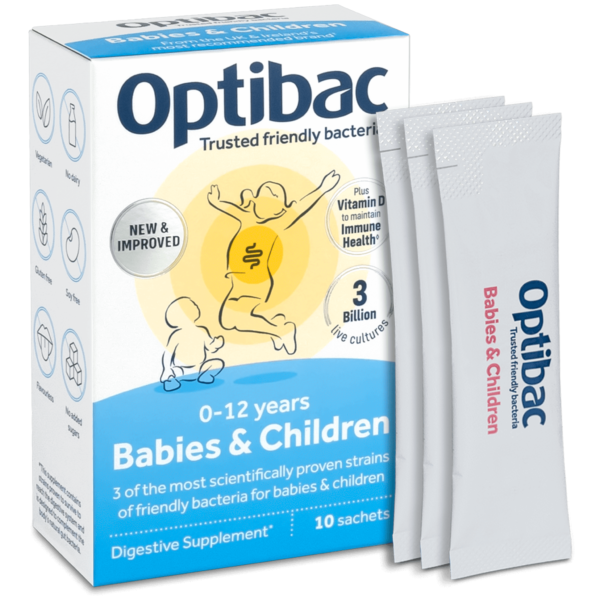
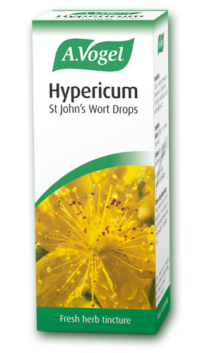
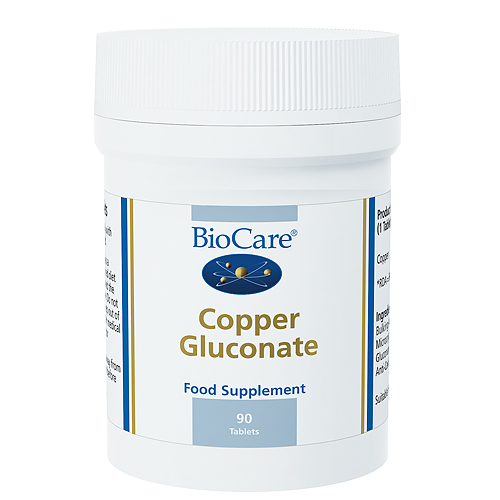
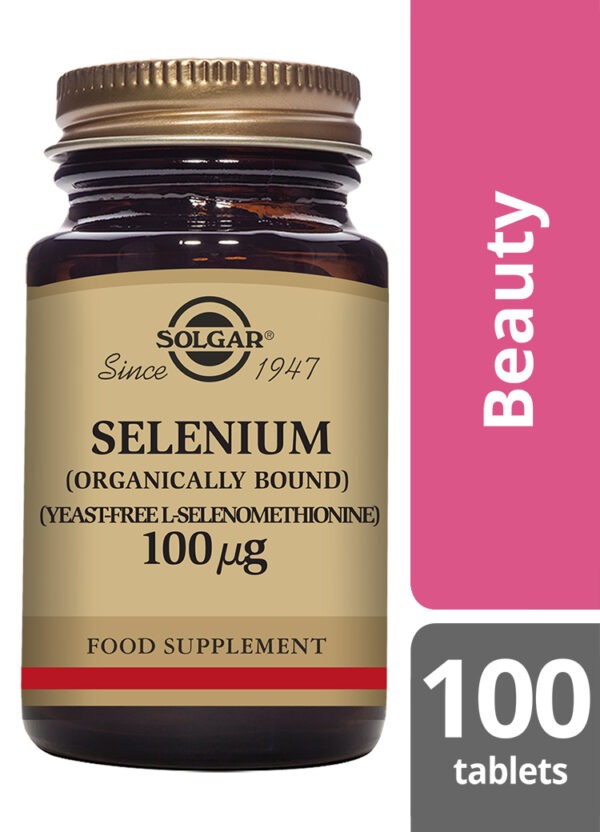
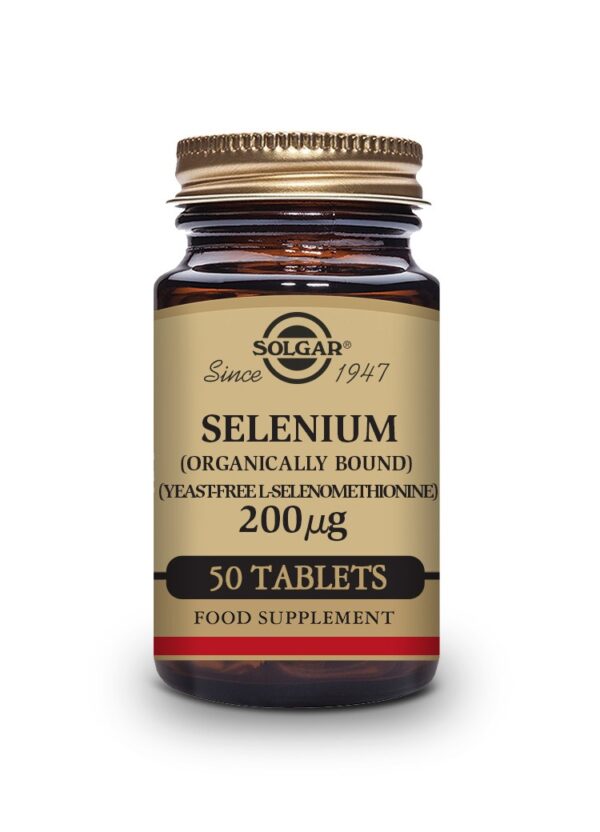

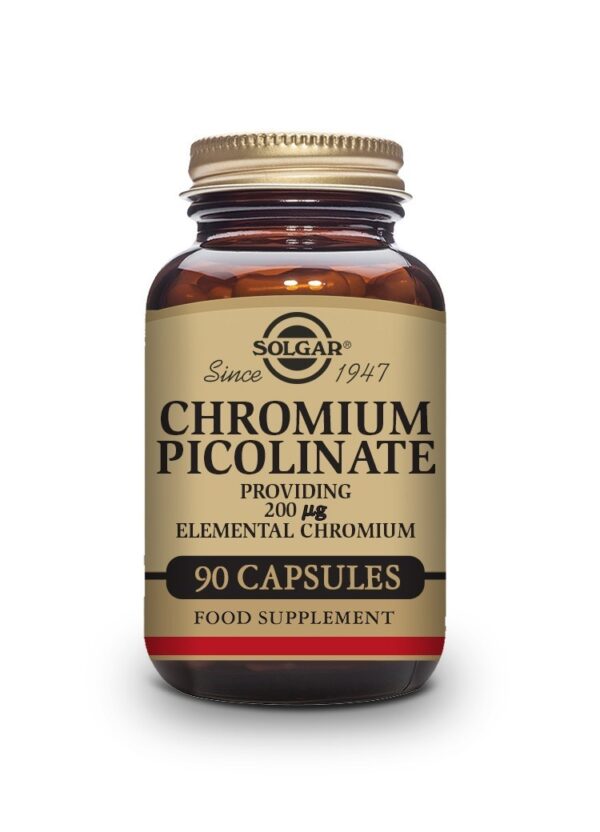
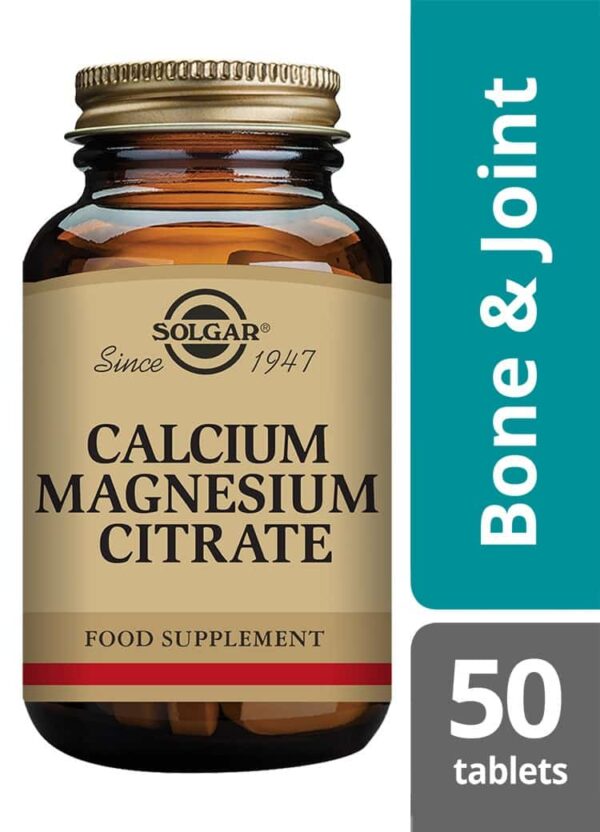
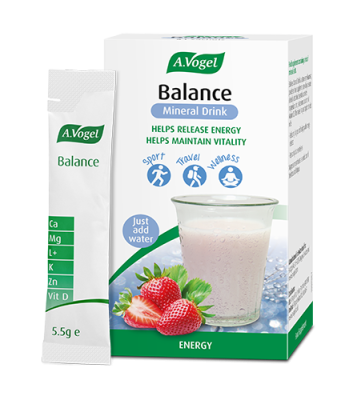


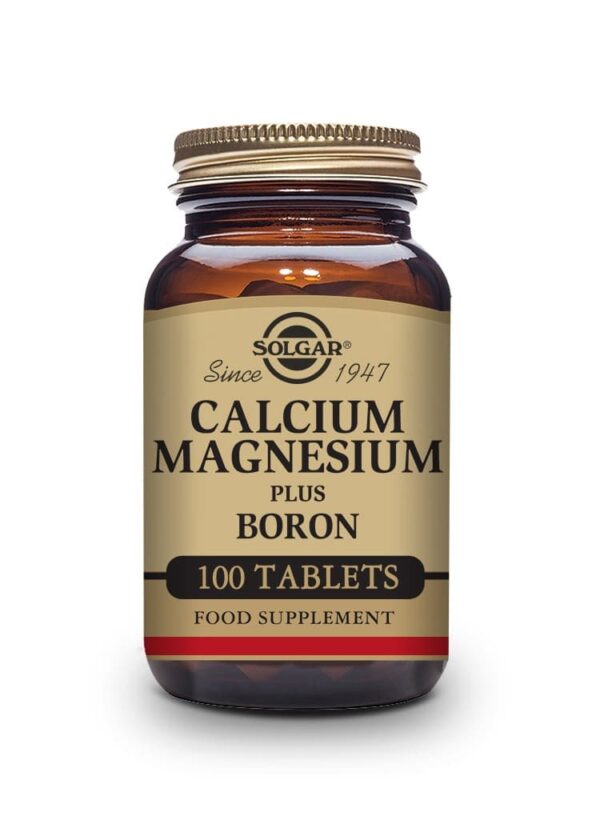
Reviews
There are no reviews yet.